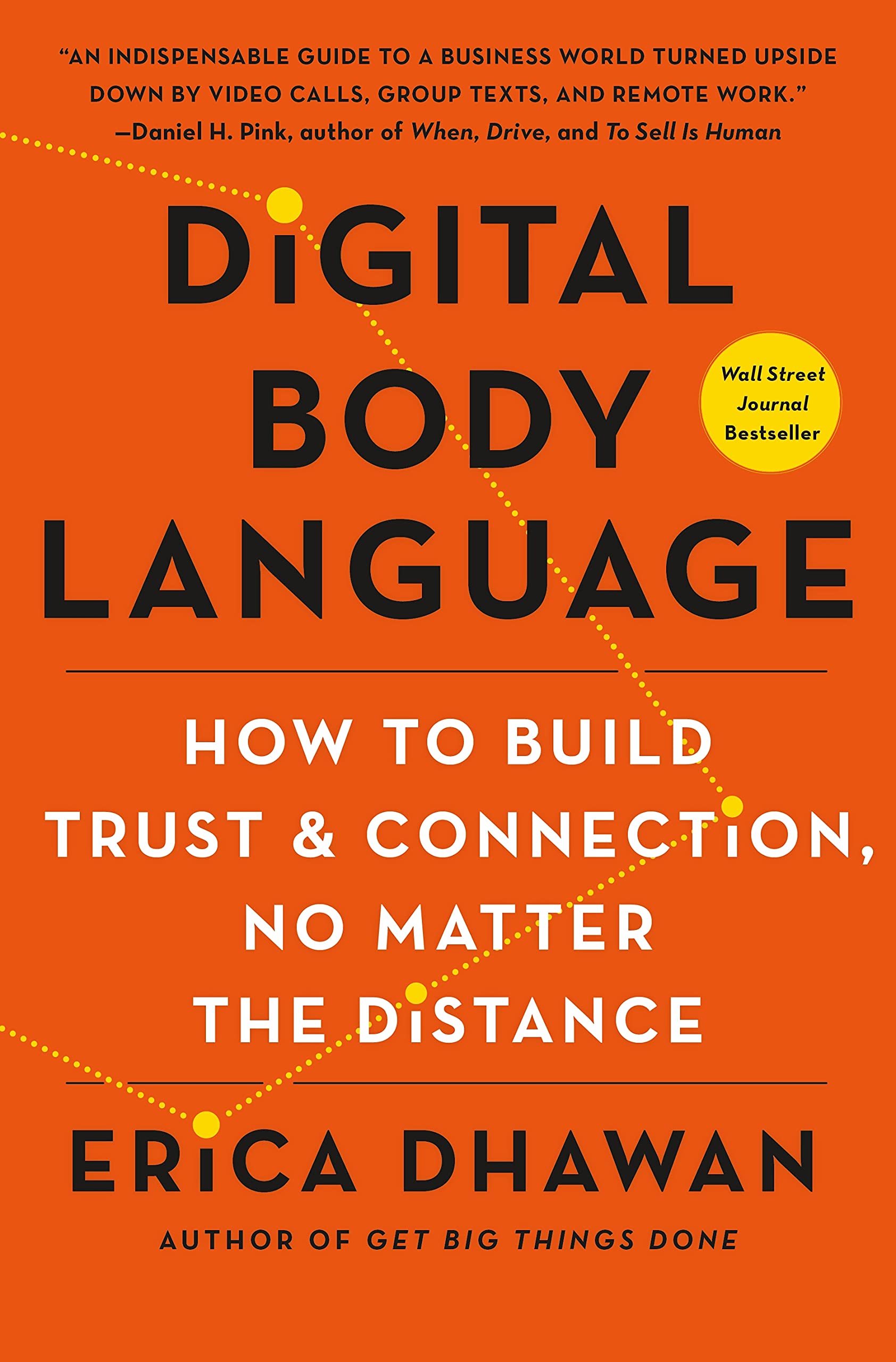Despite the tremendous growth of Zoom and other video conferencing platforms over the last few years, the vast majority of our communication remains in text form, primarily email.
There are big advantages to both types of communication, which Seth Godin broke down right near the beginning of the pandemic.
Real-time communication, like Zoom or in-person meetings, tends to offer greater clarity. Being face-to-face helps with tone and intention, and can greatly speed up the chase to a resolution.
Asynchronous communication, like email, gives two different advantages; time and recollection. Because it’s not real-time, you can have a text-based communication with a group of people and not have to worry about syncing up your schedules. Also, while you can always record a Zoom meeting if you want, the text-based record of email is much easier to search through in the future to find out what was said.
Email overload
Because we all tend to get a ton of emails each day, a typical way of handling that is to hustle through our responses. I’ve certainly been guilty of this, as I continue to try to break my habit of quick emails like “thoughts?” and give more detailed expectations.
Erica Dhawan explains in her book “Digital Body Language“, that email and other text-based communications require a bit more from both parties, and she says:
Reading carefully is the new listening, and writing clearly is the new empathy
Reading carefully seems fairly obvious (though we all fall short at times), but it’s the second part of that statement that really got my attention. I’ve talked quite a bit about empathy on this blog over the past few years, but I hadn’t considered it from this perspective.
Empathy is considered “the ability to understand and share the feelings of another”, and keeping that in mind when writing emails can do a lot to help the other party understand what you’re trying to convey. Part of that is treating people with respect and giving full responses, but the other part is understanding where they are and being respectful of that.
For example, if a client wants to make an update on their website, I might email them and say “To get started, click here to log into WordPress, and then choose “Posts” on the left side of the page, then click on the post you want to edit, then change the text, and then click the “Update” button in the upper right corner.“
However, if I’m asking our developer to make the same kind of change on a site, almost all of that text would be superfluous and would waste her time. That’s not to say I should be terse, but that I should carefully think through the state of the person I’m emailing and give proper context to them.
Empathy can serve you well in many areas of life, and email is one of them. Erica wrote a great post about this that you can read here, or check out her book if you really want to go deep.




